Periodontitis, also known as gum disease, is a severe infection of the gums that can lead to tooth loss and systemic health issues if left untreated. It affects the structures supporting the teeth, including the gums, periodontal ligament, and alveolar bone. This article provides an in-depth exploration of periodontitis, including its causes, symptoms, treatment options, and preventive measures.
Chapter 1: Understanding Periodontitis
1.1 What is Periodontitis?
Periodontitis is a chronic inflammatory condition caused by bacterial infection in the gum tissue. It typically develops from untreated gingivitis (gum inflammation). Over time, the infection spreads to deeper structures, causing tissue and bone destruction.
1.2 Types of Periodontitis
1. Chronic Periodontitis
• The most common form, characterized by slow progression.
• Affects adults but can occur at any age.
2. Aggressive Periodontitis
• Rapidly progressing disease that leads to early tooth loss.
• Often affects younger individuals and has a genetic component.
3. Necrotizing Periodontal Disease
• Severe infection causing tissue death.
• Linked to immune system disorders, malnutrition, or stress.
Chapter 2: Causes and Risk Factors
2.1 Causes of Periodontitis
1. Plaque Buildup:
• Plaque, a sticky biofilm of bacteria, forms on teeth and hardens into tartar if not removed.
• Tartar harbors bacteria that irritate the gums.
2. Immune Response:
• The body’s immune response to bacteria causes inflammation, leading to tissue destruction.
3. Bacterial Infections:
• Specific bacteria, such as Porphyromonas gingivalis and Treponema denticola, are known contributors.
2.2 Risk Factors
1. Poor Oral Hygiene:
• Irregular brushing and flossing allow plaque buildup.
2. Smoking and Tobacco Use:
• Reduces oxygen in the gum tissue, impairing healing.
3. Genetic Predisposition:
• Family history increases susceptibility.
4. Medical Conditions:
• Diabetes, rheumatoid arthritis, and cardiovascular diseases are linked to periodontitis.
5. Stress:
• Weakens the immune system, making it harder to fight infections.
6. Medications:
• Certain drugs, such as anticonvulsants and immunosuppressants, can exacerbate gum problems.
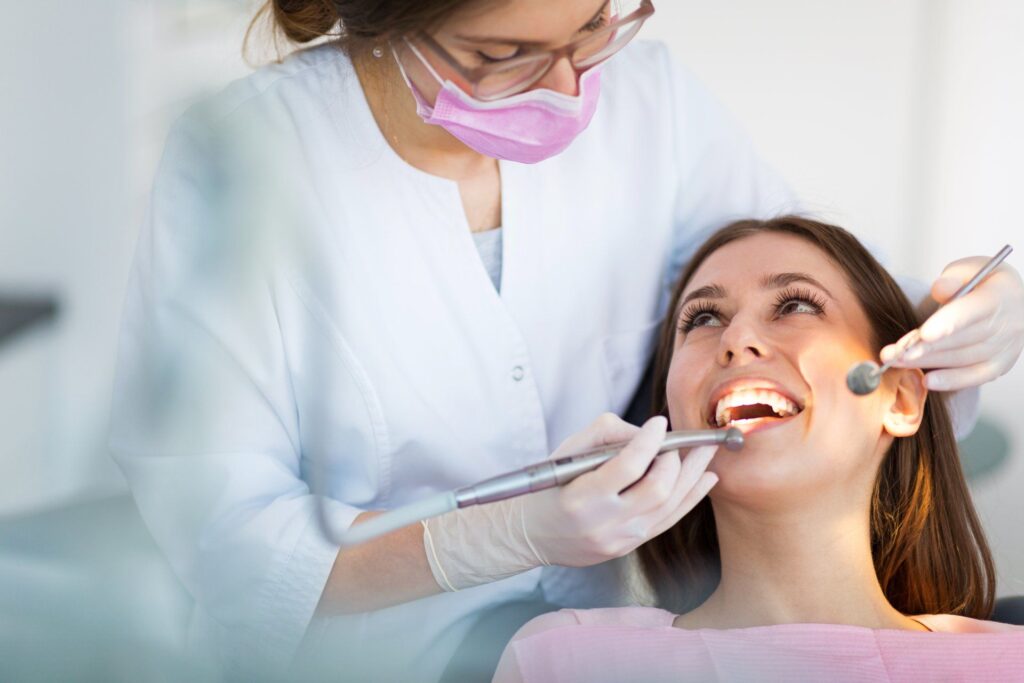
Chapter 3: Symptoms of Periodontitis
3.1 Early Signs
• Swollen, red, or tender gums.
• Bleeding gums during brushing or flossing.
• Persistent bad breath (halitosis).
3.2 Advanced Symptoms
• Receding gums, making teeth appear longer.
• Formation of deep pockets between teeth and gums.
• Loose or shifting teeth.
• Pain when chewing.
Chapter 4: Diagnosis of Periodontitis
4.1 Clinical Examination
Dentists examine the gums for swelling, redness, and pocket formation using a periodontal probe.
4.2 X-rays
Dental X-rays help visualize bone loss and evaluate the extent of the disease.
4.3 Microbial Testing
In severe cases, testing the bacterial profile may guide targeted antibiotic therapy.
Chapter 5: How Should Periodontitis Be Treated?
5.1 Non-Surgical Treatments
5.1.1 Scaling and Root Planing (Deep Cleaning)
• Removes plaque and tartar from above and below the gumline.
• Smooths the root surfaces to discourage further bacterial colonization.
5.1.2 Antibiotics
• Topical Antibiotics: Gels or strips placed in gum pockets.
• Systemic Antibiotics: Oral medications to combat bacterial infections.
5.1.3 Laser Therapy
• Uses laser technology to remove infected tissue and bacteria.
• Minimally invasive and promotes faster healing.
5.2 Surgical Treatments
5.2.1 Flap Surgery (Pocket Reduction Surgery)
• Gums are lifted back to allow deep cleaning of roots and bone.
• The gum tissue is then sutured back in place for a snug fit.
5.2.2 Bone Grafts
• Rebuilds lost bone using natural or synthetic materials.
• Encourages bone regeneration around teeth.
5.2.3 Tissue Grafts
• Harvests tissue from another area (e.g., the roof of the mouth) to cover exposed roots or build up receding gums.
5.2.4 Guided Tissue Regeneration (GTR)
• Places a biocompatible membrane between bone and gum tissue to stimulate regrowth.
5.3 Adjunctive Therapies
5.3.1 Antimicrobial Rinses
• Chlorhexidine mouthwash reduces bacteria in gum pockets.
5.3.2 PerioProtect Trays
• Custom trays deliver medication directly into gum pockets.
5.3.3 Host Modulation Therapy
• Medications like low-dose doxycycline reduce tissue breakdown.
Chapter 6: Recovery and Aftercare
6.1 Post-Treatment Care
• Maintain excellent oral hygiene to prevent recurrence.
• Use soft-bristled toothbrushes and non-abrasive toothpaste.
6.2 Follow-Up Visits
• Regular dental check-ups to monitor healing and cleanings every 3-4 months.
Chapter 7: Preventing Periodontitis
7.1 Daily Oral Hygiene Practices
1. Brush twice daily for two minutes using fluoride toothpaste.
2. Floss daily to remove plaque between teeth.
3. Use an antimicrobial mouthwash to control bacteria.
7.2 Lifestyle Adjustments
• Quit smoking and limit alcohol consumption.
• Eat a balanced diet rich in vitamins C and D for gum health.
• Stay hydrated to promote saliva production.
7.3 Regular Dental Visits
• Schedule professional cleanings and exams at least twice a year.
Chapter 8: Special Considerations
8.1 Periodontitis and Systemic Health
Periodontitis is linked to conditions such as heart disease, diabetes, and pregnancy complications. Controlling gum disease may improve overall health outcomes.
8.2 Periodontitis in Different Age Groups
• Children and Adolescents: Typically associated with poor oral hygiene.
• Adults and Seniors: Chronic periodontitis is more prevalent due to cumulative effects.
Chapter 9: Advances in Periodontal Treatment
9.1 Regenerative Medicine
Research focuses on stem cell therapy for regenerating gum and bone tissue.
9.2 Genetic Testing
Identifies individuals at higher risk due to genetic predisposition.
9.3 AI and Digital Dentistry
AI-driven tools analyze periodontal health and personalize treatment plans.
Conclusion
Periodontitis is a serious dental condition that requires prompt attention and comprehensive treatment. With proper care, including professional treatments and lifestyle adjustments, it is possible to halt disease progression and restore oral health. Regular dental visits, consistent oral hygiene, and awareness of risk factors are crucial to preventing periodontitis and maintaining a healthy smile for a lifetime.
By taking proactive steps, you can ensure that your gums and teeth remain strong and disease-free, contributing to overall well-being.


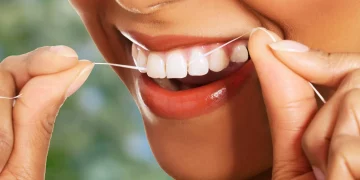



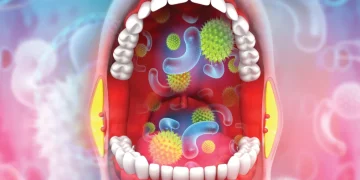
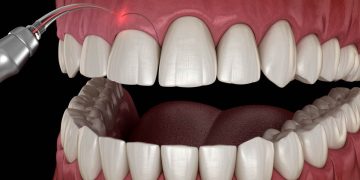
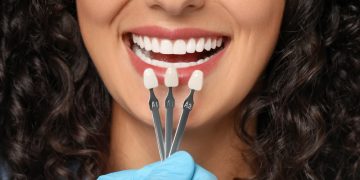


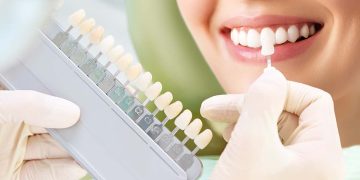













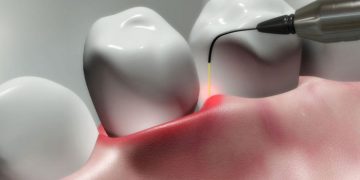


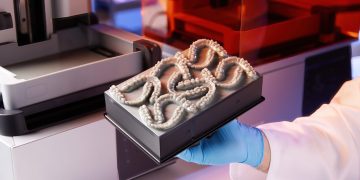

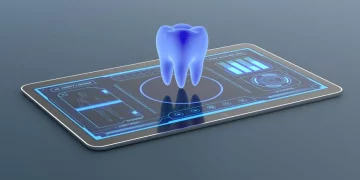














Discussion about this post